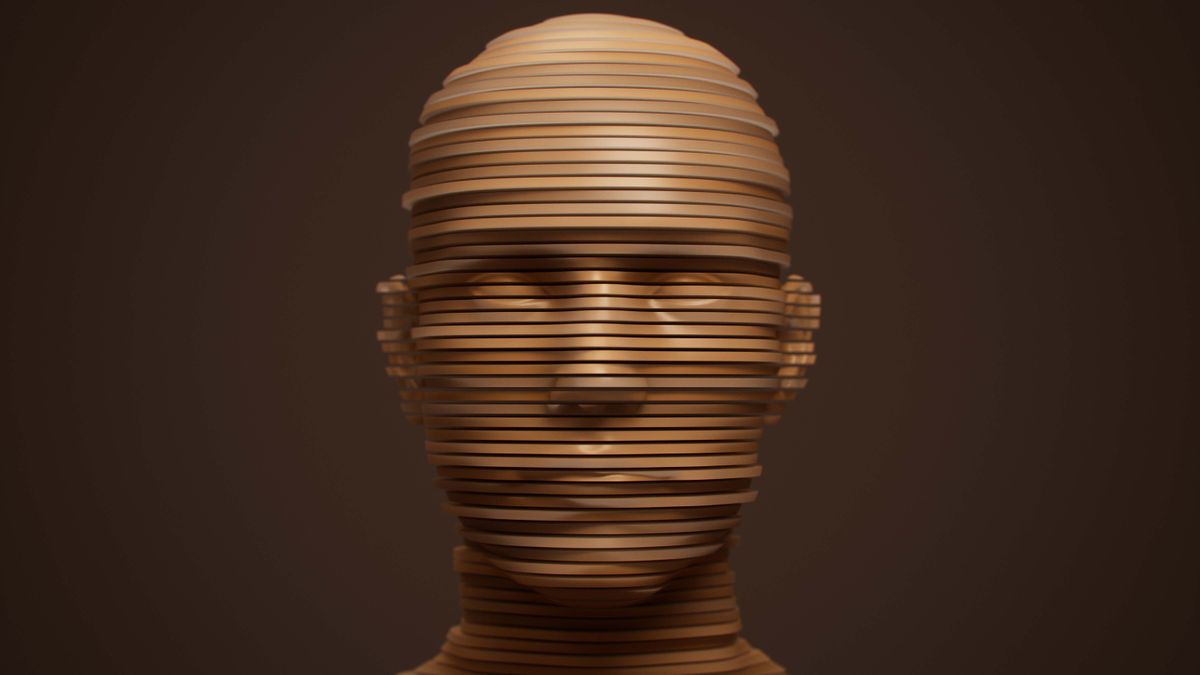
When you envision futuristic robots, they may appear shiny and metallic, reminiscent of films or high-tech showcases like those from Boston Dynamics. However, researchers at MIT are suggesting that our future mechanical companions might have a more organic appearance, utilizing biological materials. Their recent research has led to the creation of muscle tissues capable of multidirectional movement, a crucial step for developing more versatile soft robots.
Understanding Muscle Dynamics
The technique involves utilizing a stamp to achieve complex muscle structures that allow contractions in various directions. This innovation, according to Professor Ritu Raman, marks a significant leap toward developing soft robotics that could move fluidly and adaptively.
How it Works
The scientists utilized a precisely designed 3D-printed stamp to create grooves in a hydrogel, into which muscle cells were introduced. Unlike conventional muscle generated in labs, which typically functions in a singular direction, this new technique enables a more realistic replication of natural muscle dynamics, similar to those found in our eyes.
Future Applications
While we speculate about the implications of such advancements—potentially reshaping industries across robotics, healthcare, and beyond—it’s clear that this research could lead to robots that are both functional and adaptive, ready to tackle complex tasks across various environments.
This is just the beginning of a future where robots could operate alongside us, becoming useful partners in various fields.
